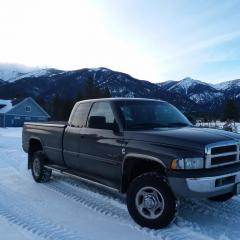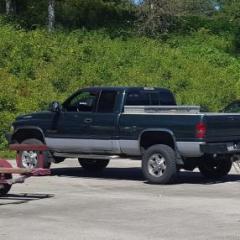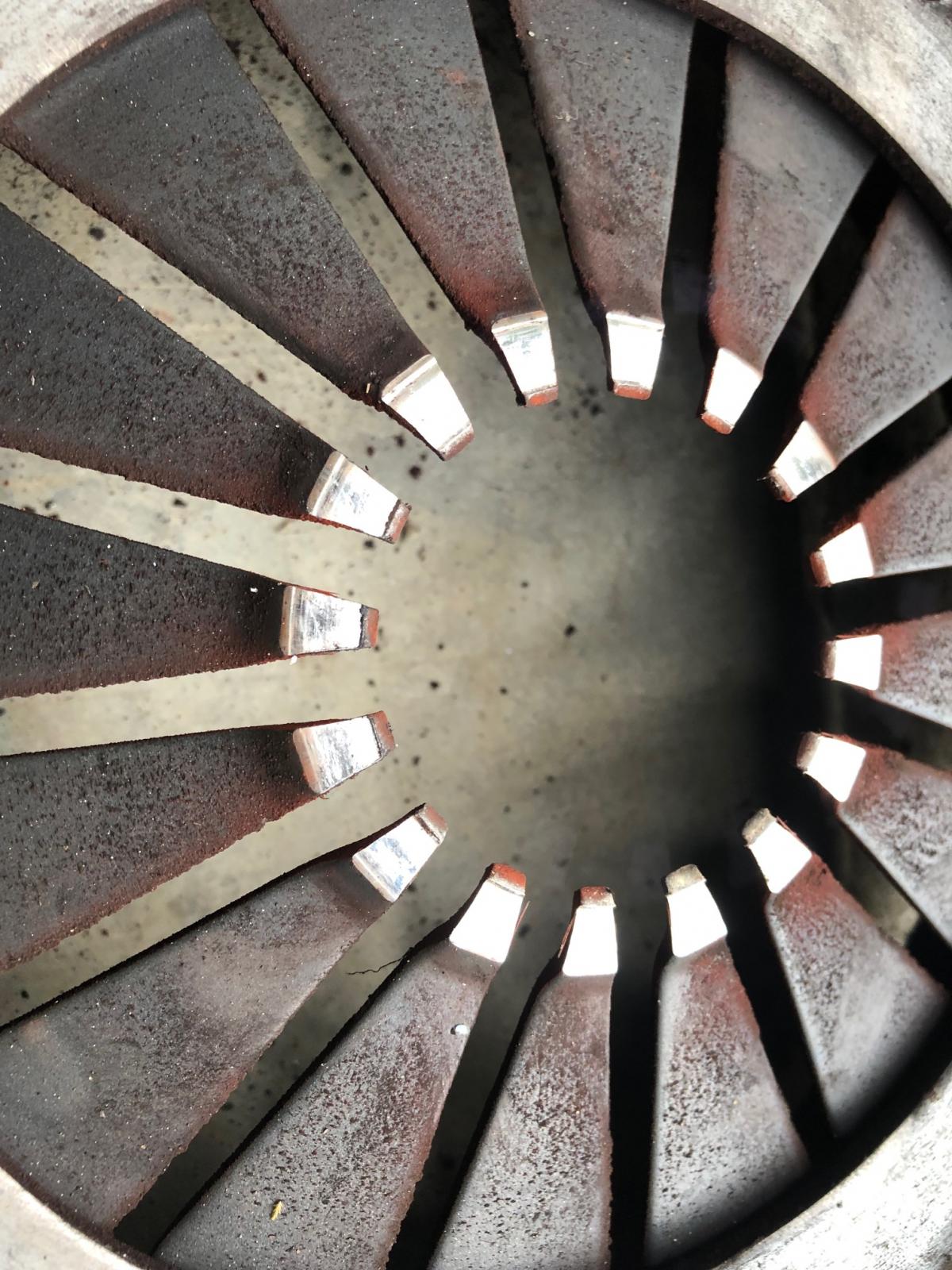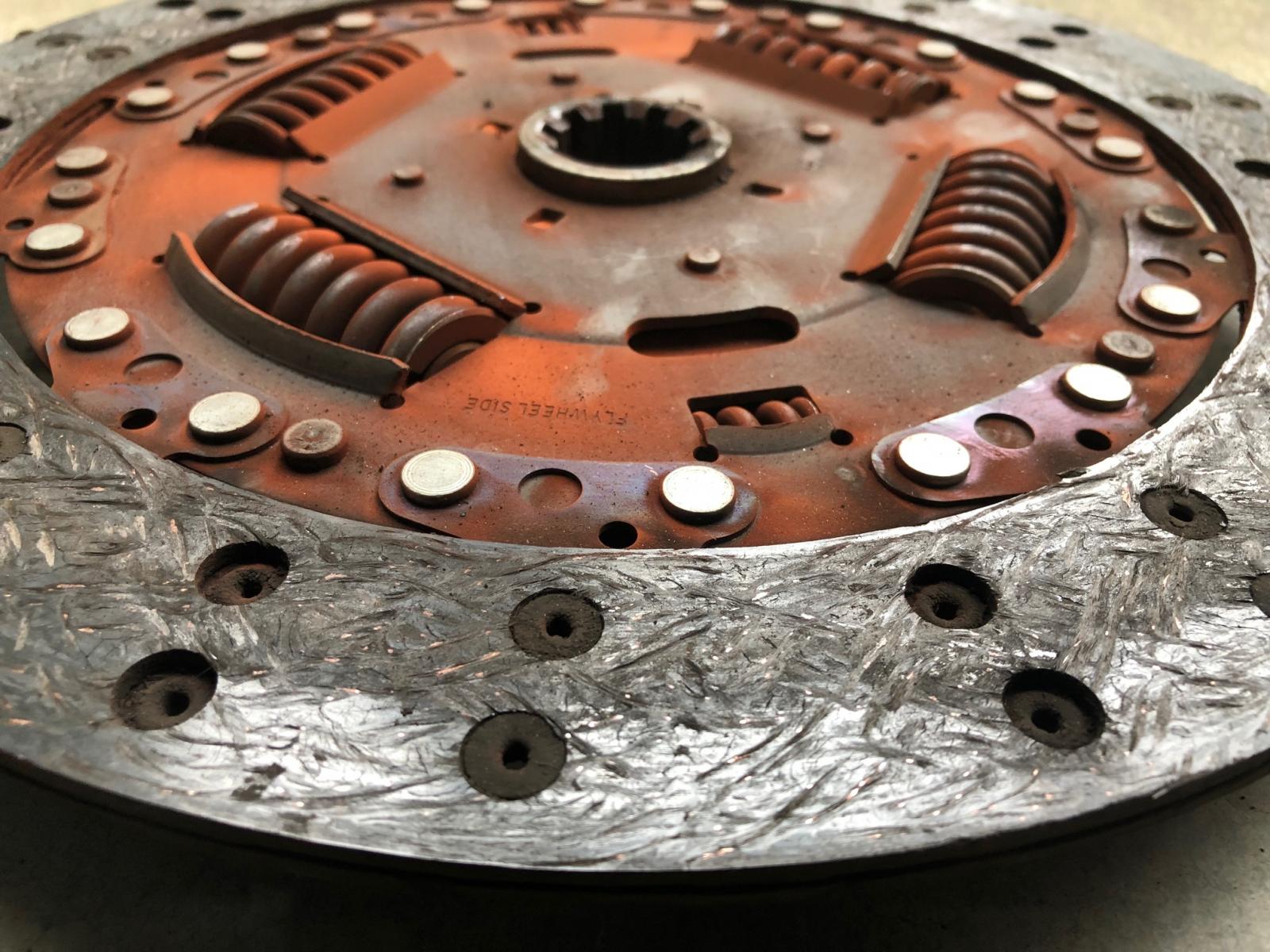- Replies 20
- Views 6.1k
- Created
- Last Reply
Top Posters In This Topic
-
Bafazane 7 posts
-
 Tractorman 6 posts
Tractorman 6 posts -
 Dieselfuture 5 posts
Dieselfuture 5 posts -
 dripley 2 posts
dripley 2 posts
Most Popular Posts
-
Yesterday was a long day and I'm about to head back out to the truck to keep putting stuff back together, but I wanted to post a quick note to say that @Tractorman was dead on (thanks!) and the pilot
-
Well, everything is back together and I took the truck for a substantial test drive. What a difference the new clutch makes! The pedal is unbelievably light, engagement is smooth with no chatter. I mi
-
What you haven't said: How many miles on the truck? You mention a South Bend hydraulic system 43,000 miles ago, but you didn't say anything about a new clutch. How many miles on the





Hi Folks,
I want to preface this by saying I searched this site and many others without finding satisfactory answers.
The issue is that my clutch does not appear to be disengaging when I depress the pedal. The symptoms began yesterday with a sporadic increase in effort to get it into gear when shifting. Today, over the period of about an hour of mostly easy highway driving with a few of stops, the symptoms persisted and worsened until the clutch would no longer release and I had to start the truck in gear to get moving and float gears to shift to get the truck home. What was weird to me is that it was inconsistent in the behavior, mostly the clutch wouldn't disengage, but sometimes it seemed like it was releasing just fine. There is no new noise that I have identified.
I took care to ensure I was fully depressing the clutch, and always shift slowly (including double clutching into 3rd for a weak syncro). I can't see any obvious leaks in the hydraulic system (South Bend that I installed 4 years and 43,000 miles ago) and the reservoir is full. From reading it appears likely to be either the hydraulics or the pilot bearing. I'm going to pull the slave cylinder off to see if it's leaking there. How far should the rod extend from the slave when I depress the clutch pedal? Is there anything else to check on the hydraulics? Is there any way to troubleshoot the pilot bearing or whatever this may be if the hydraulics check out without removing the clutch and transmission?